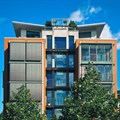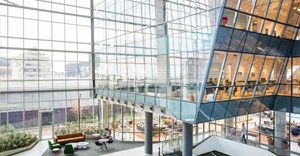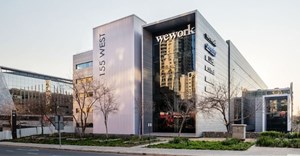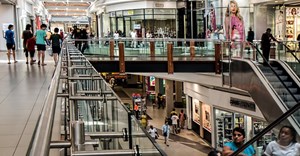Trending




 Sabre EMEA 2024 Awards: Razor PR, Retroviral top SA agenciesDanette Breitenbach
Sabre EMEA 2024 Awards: Razor PR, Retroviral top SA agenciesDanette Breitenbach
Elections 2024
A rigid approach could be a death knell in the current property market

Landlords need to take a fresh approach
There is no getting away from it, office space is in a dire situation. We have seen landlords offering a third off their rental rate and this is still not enough to entice tenants to stay. With the current glut, smart tenants are able to shop around, present their landlords with better offers, and negotiate significant reductions. Just looking at the premium Cape Town foreshore, we have seen tenants who had to negotiate hard to get reductions from R240 per square metre to R210 per square metre. However, after some quick comparative analysis, they’re managing to attract deals of R140 per square metre in a comparable position. There is just no room for arrogance from landlords in times like these, especially as tenants are under pressure through no fault of their own.
When analysing how the global commercial sector has been navigating the pandemic, local landlords could take a page out of their book when it comes to incentives.
South Africa has never been a big incentive market. But in global markets, people will offer attractive incentives to secure long leases. You can drive around town and see big signs saying ‘rent-free for one year’ outside office blocks. In many instances, this could be preferable than dropping the per month rental. Although the full lease calculation is the same, the perception is that you are not slashing per metre prices and potentially cheapening your offering, but you are creating a powerful incentive to keep your tenants as well as attracting new ones.
Losing a tenant is expensive. Not only could there be an interim period between rentals, but landlords may need to pay for tenant installation contributions to conclude the transaction. Landlords should get creative to keep their tenants through long-lease incentives.
Rigidity in this climate could be fatal for developers
A recent survey found that just under half (45%) of Manhattan workers were expected to return to in-office work by September. What’s more, 14% of employers interviewed said they did not know when they expected their staff to return to the office full time and said they expected that, going forward, 56% of office employees will continue to work remotely at least part of the time.
South African employers will be less inclined to allow their employees to continue working remotely, but there is no doubt that the office requirements of the future will shift. This sentiment has been echoed by some listed property companies in SA that work with some of the bigger co-working brands. They are expecting a strong rebound when the work-from-home trend shifts to a more flexible and mobile work ethos. Some of the larger co-working brands have been quoted as saying they expect to return to pre-Covid occupancy towards the end of 2021.
I think employees here will have to come back to a more formal working environment at some stage. But I also think it might be in a shared office space environment, or a hybrid model where they come back on only certain days of the week. I think companies will also look at more decentralised offices to keep their staff more localised, and I definitely think we will see companies looking for shorter leases going forward.
This is just one example of how developers are having to revise their plans in response to new trends.
Move to mixed-use gaining traction
We had already seen a number of B-grade offices in Sandton being converted to residential offerings, but now we are seeing even A-grade office blocks being converted. The big uptick in nano residential offerings is another shift we have seen in the last year. This inner-city trend, which is all about lifestyle additions like gyms and restaurants - often at the expense of traditional offerings like parking, is really taking off. The move towards mixed-use is also gaining traction locally - buildings with retail on the ground floor, co-work offices on the next, along with some floors for long-lease offices, with the top floors dedicated to a hotel. It’s all about staying flexible and responsive to commercial trends.
Developers have had to adjust their plans in order to stay profitable - and in some instances, just to stay afloat.
There is no doubt that there is still money to be made. Business is booming for bond originators and estate agents who are operating in the lower-end residential markets, especially in the R1m range. If you add the continued low interest rates, which have led to a stall in the buy-to-let market, as well as the faltering commercial space, developers have had to switch up their plans to meet the needs that emerged in the last few months.
While the market has been tumultuous over the last few months, there is no indication that calmer waters lie ahead.
Looking ahead, it's the agile owner and developer who will survive the next 18 months. There is no certainty and no way to see if the current trends will hold. Staying flexible and ready to meet the shifts in the market is the only thing that will ensure sustainability. Having access to a lending specialist, which is able to tailor packages that allow for shifting markets is also a key part of remaining profitable.











